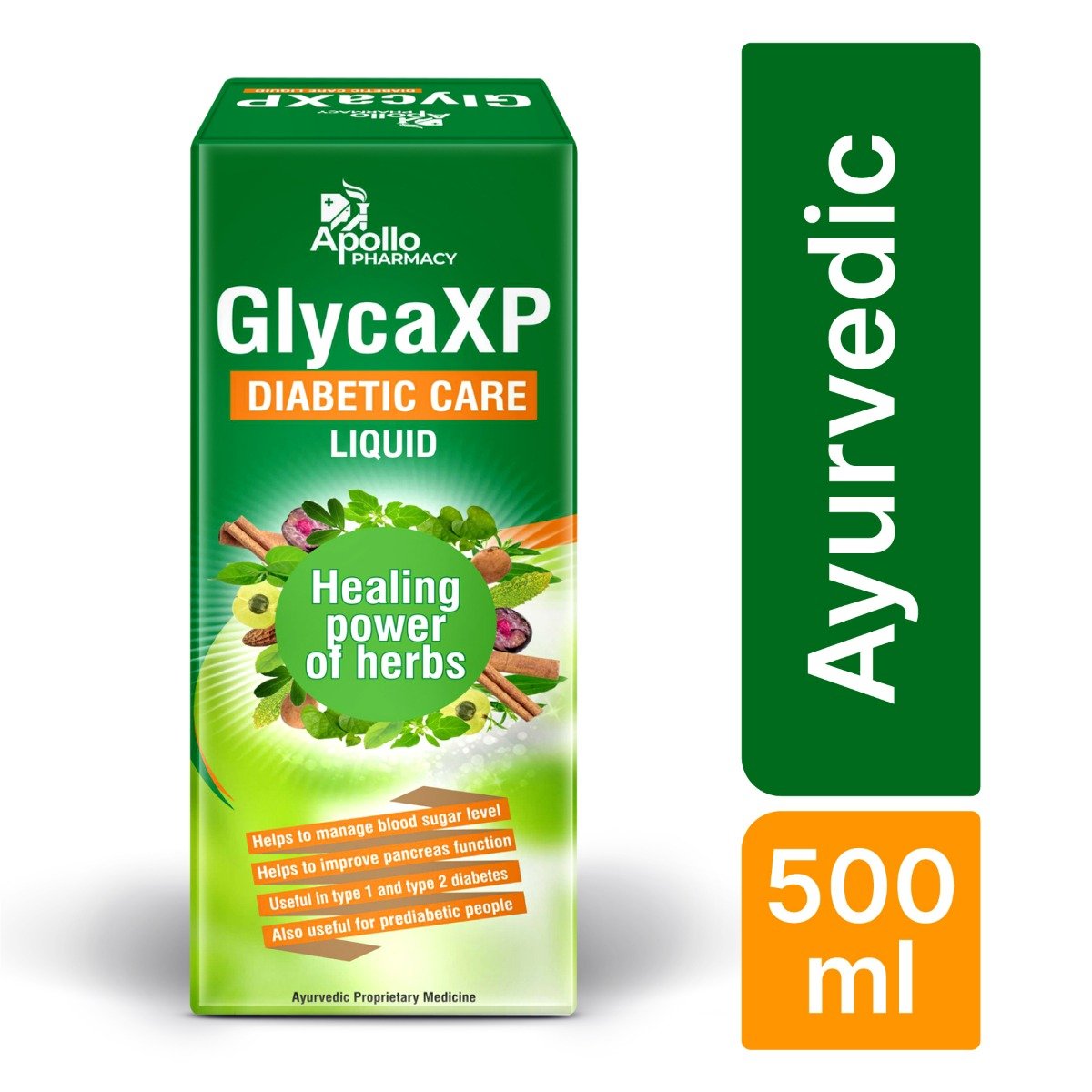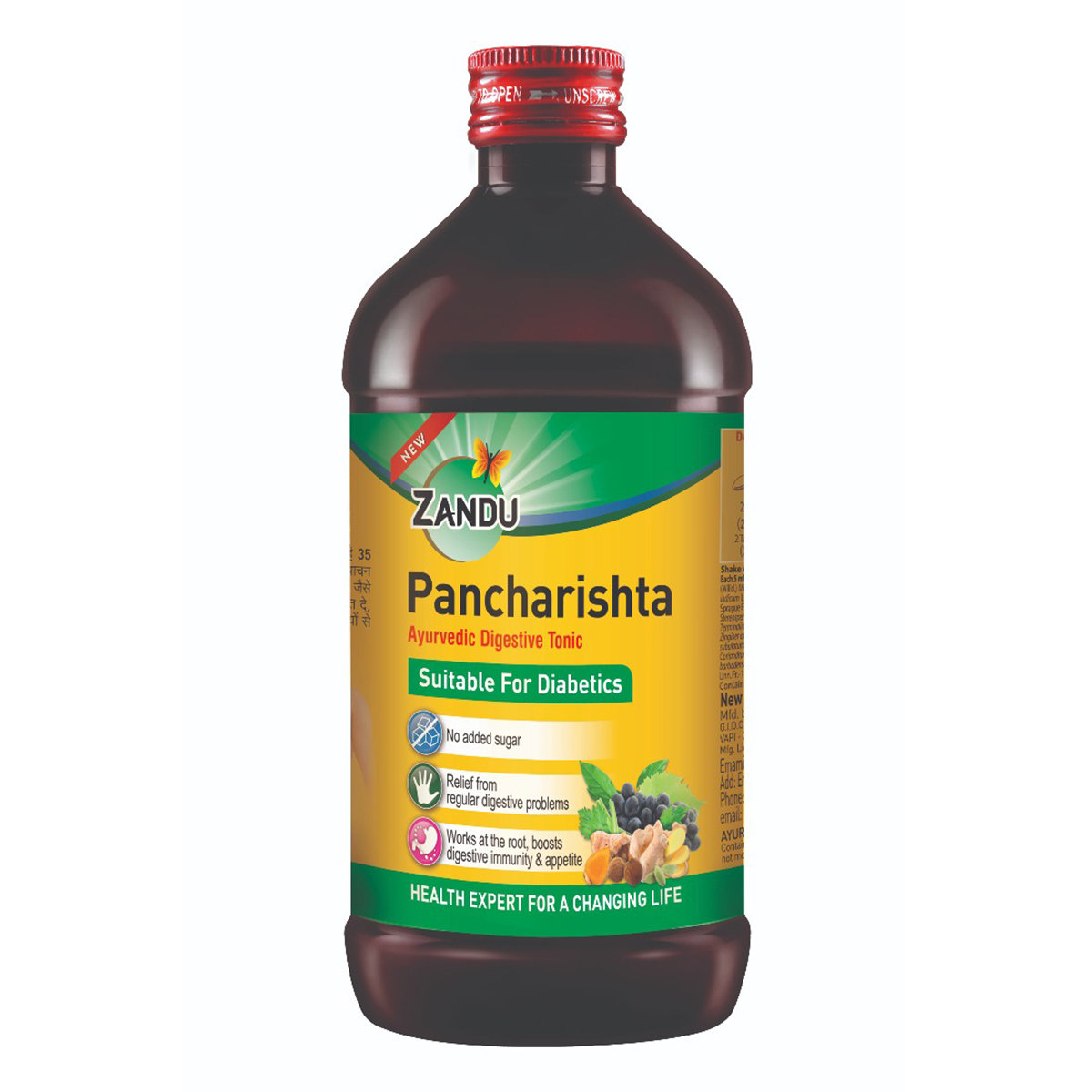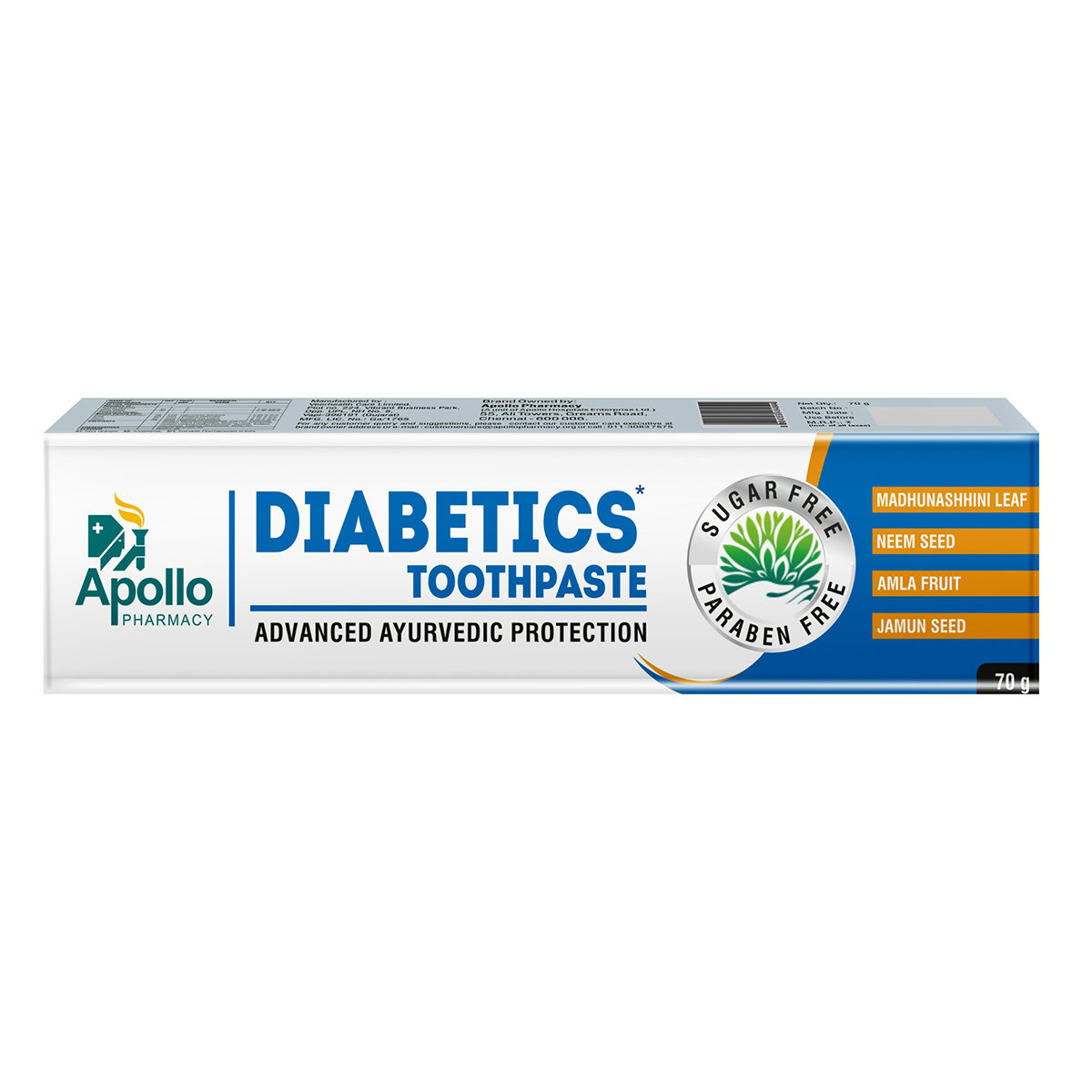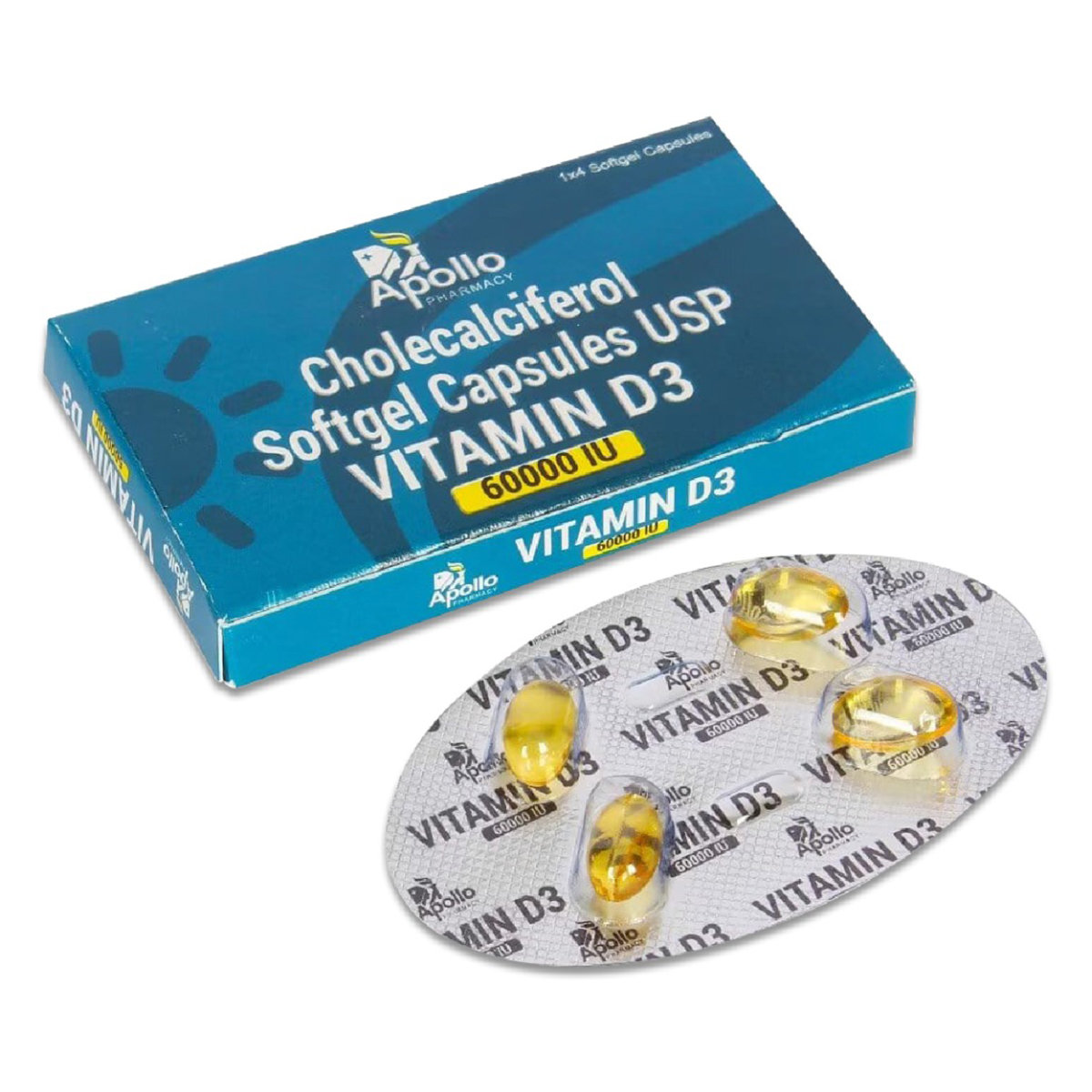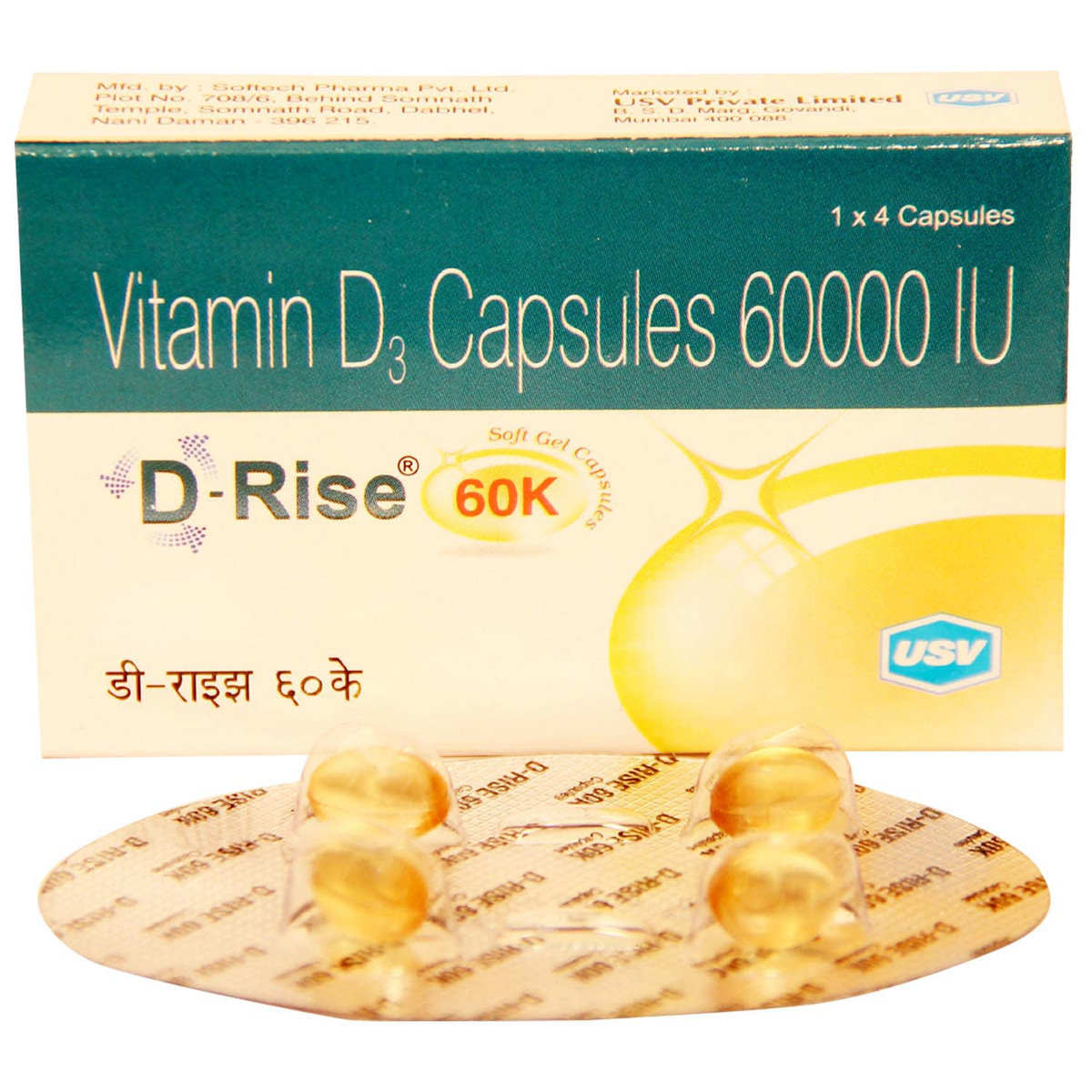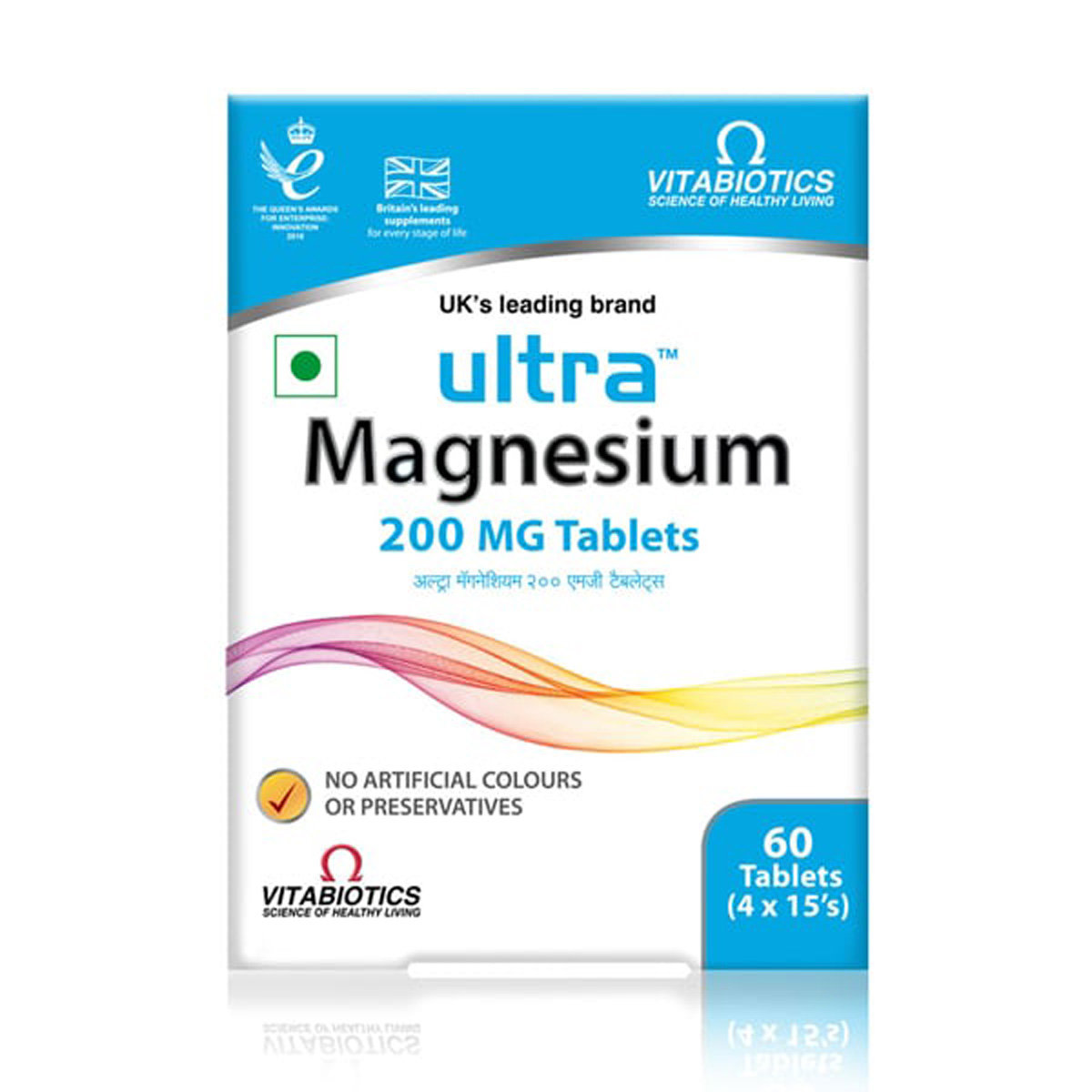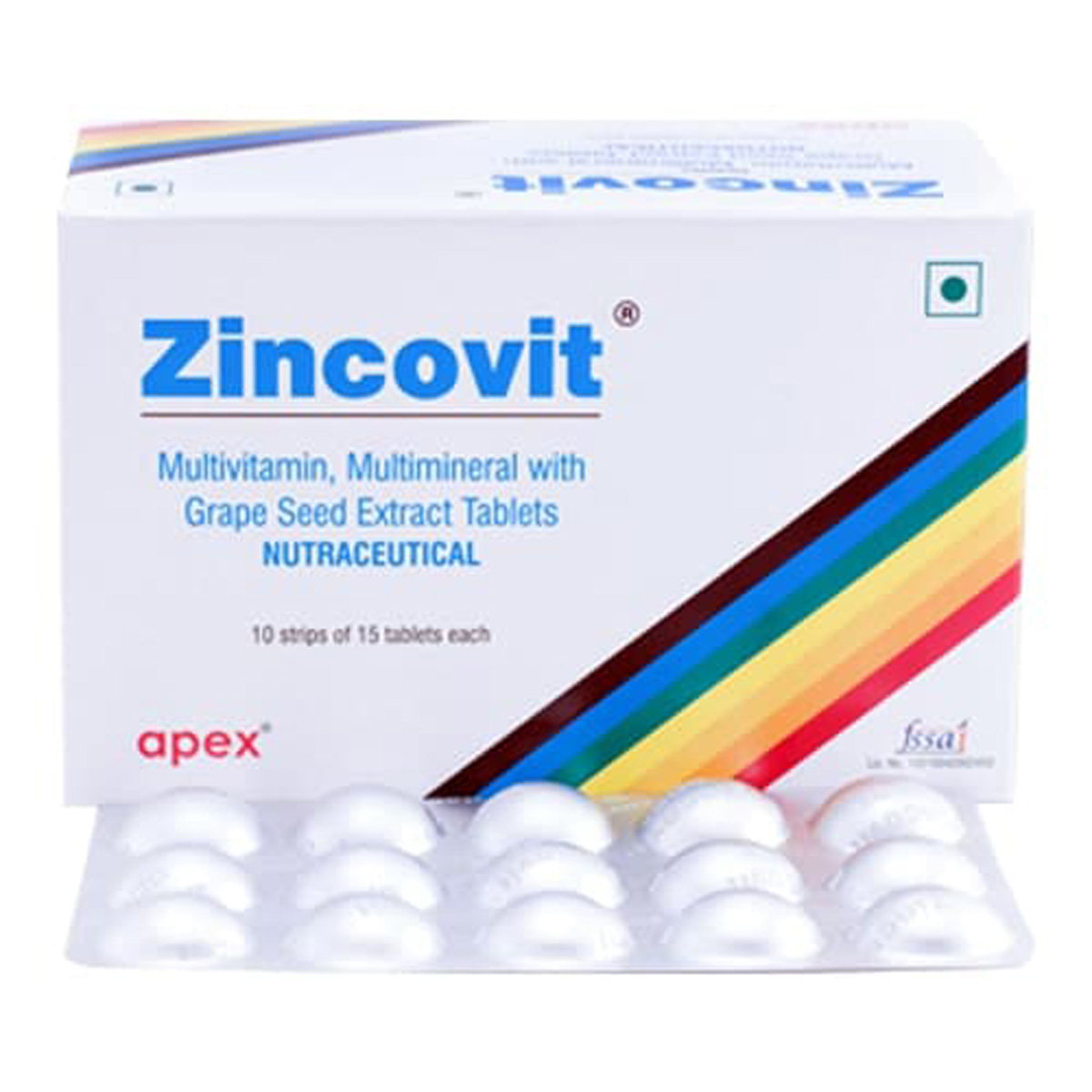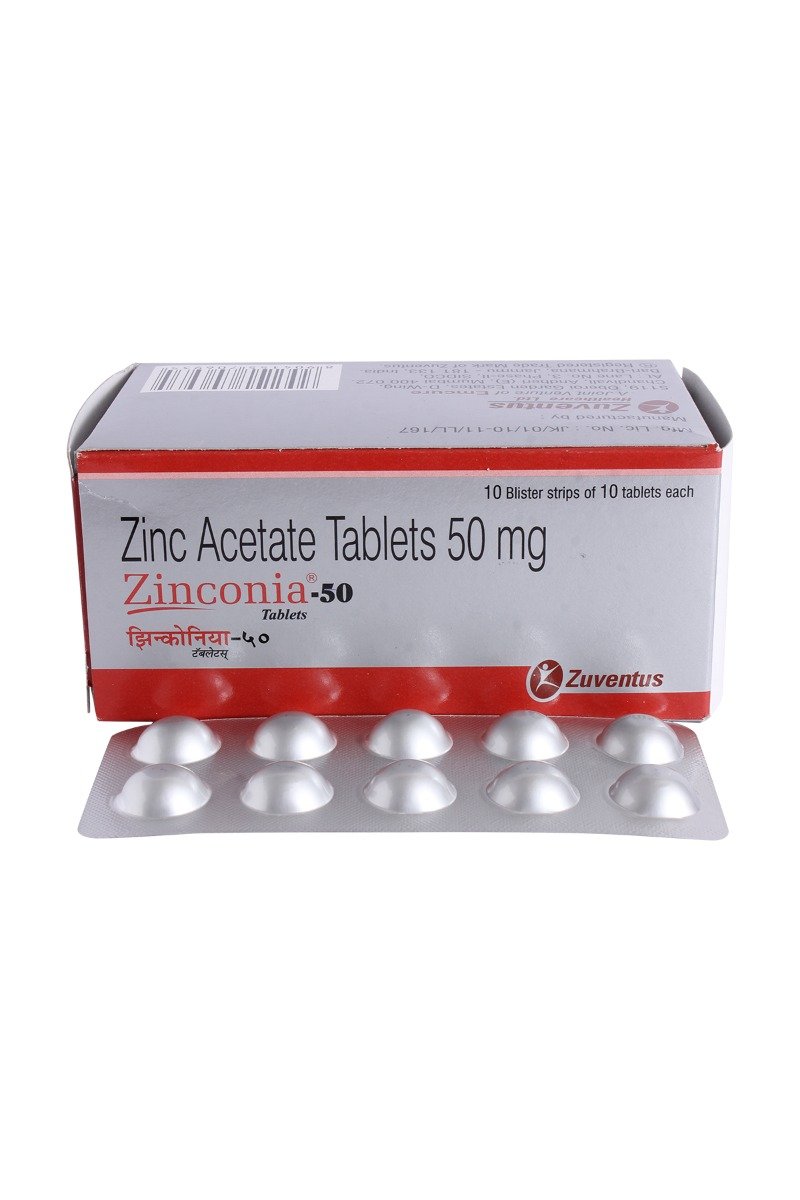Zemiglo 50 mg Tablet
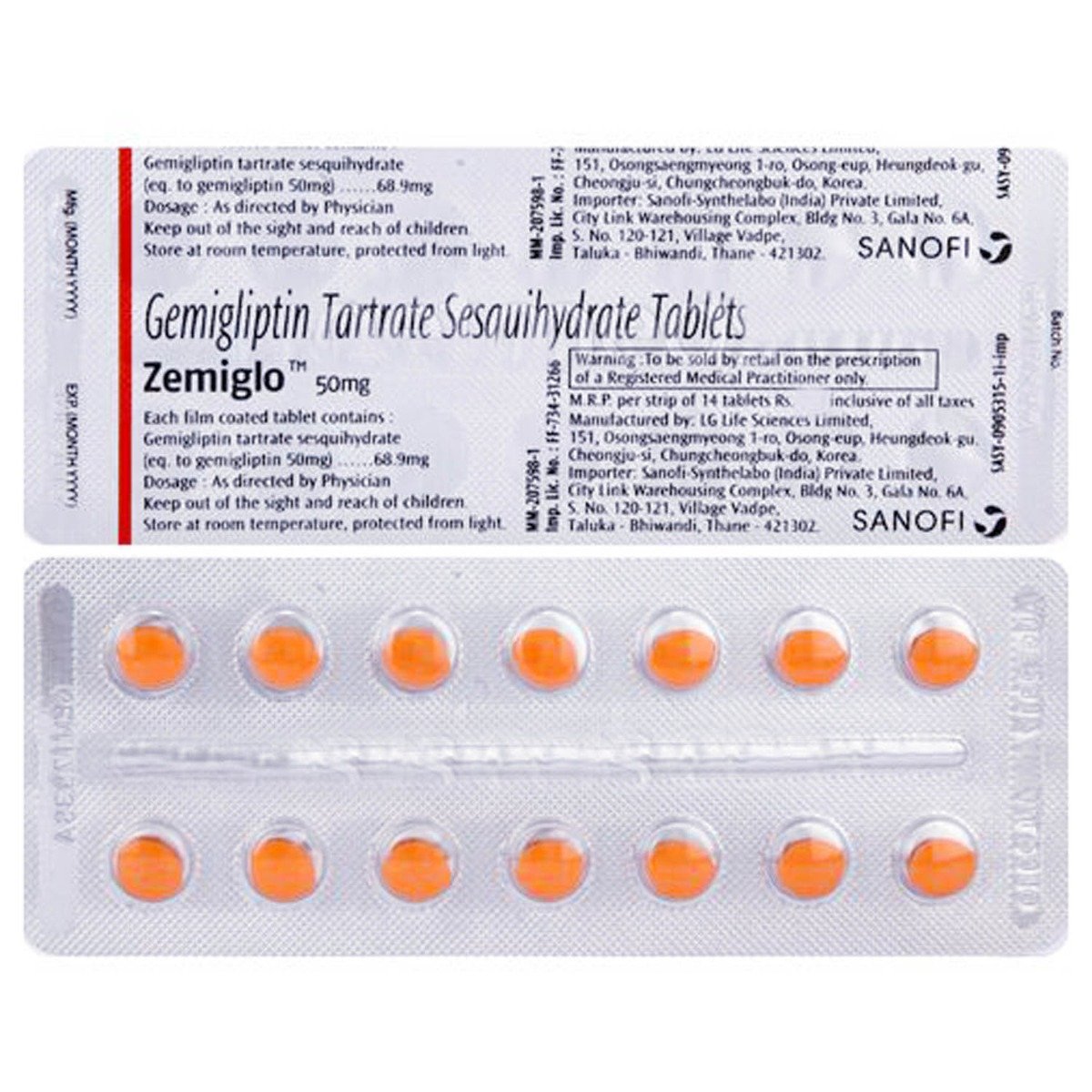
MRP ₹599
(Inclusive of all Taxes)
₹89.8 Cashback (15%)
know your delivery time
Provide Delivery Location
Composition :
Manufacturer/Marketer :
Consume Type :
Expires on or after :
Return Policy :

Secure Payment

Trusted by 8 Crore Indians

Genuine Products
Therapeutic Class
Country of origin
Manufacturer/Marketer address
Author Details
We provide you with authentic, trustworthy and relevant information
Disclaimer
Alcohol
Safe if prescribed
It is advised to limit alcohol intake since it may worsen the side effects and increase the risk of developing low blood sugar levels.
Pregnancy
Consult your doctor
If you are pregnant, consult your doctor before taking Zemiglo 50 mg Tablet . Your doctor may prescribe this medicine if the benefits outweigh the risks.
Breast Feeding
Consult your doctor
There is no sufficient data on how Zemiglo 50 mg Tablet affects breastfeeding. If you are a nursing mother, please seek medical advice before taking Zemiglo 50 mg Tablet .
Driving
Safe if prescribed
Zemiglo 50 mg Tablet may cause hypoglycaemia (low blood sugar levels), affecting your driving ability; hence drive or operate machinery only when you feel better.
Liver
Consult your doctor
Inform your doctor if you have liver impairment before taking Zemiglo 50 mg Tablet . Your doctor may adjust the dose or prescribe a suitable alternative based on your condition.
Kidney
Consult your doctor
Inform your doctor if you have kidney impairment before taking Zemiglo 50 mg Tablet . Your doctor may adjust the dose or prescribe a suitable alternative based on your condition.
Children
Safe if prescribed
Zemiglo 50 mg Tablet is not recommended for children and adolescents under 18 years of age.
About Zemiglo 50 mg Tablet
Zemiglo 50 mg Tablet belongs to the class of 'anti-diabetic medicines' primarily used to improve blood sugar control in adults with type 2 diabetes mellitus (non-insulin-dependent diabetes). Diabetes mellitus is a metabolic disease that causes high blood sugar levels. It occurs when the insulin (a hormone produced by the beta cells of the pancreas) is resistant in breaking the glucose to produce energy (insulin resistance), or the pancreas (an organ behind the stomach) produces little or no insulin at all.
Zemiglo 50 mg Tablet contains Gemigliptin that belongs to the class of 'dipeptidyl peptidase-4 (DPP-4) inhibitors'. Gemigliptin works by increasing incretin hormones that stimulate a decrease in blood glucose levels. It also decreases glucagon secretion, which raises the concentration of glucose levels. Thus, it reduces postprandial hyperglycemia (a rise in blood sugar levels after meals).
Your doctor will decide the dose and duration based on your medical condition. Some common side effects of Zemiglo 50 mg Tablet include headache, nausea, diarrhoea, stomach discomfort, constipation, and dry mouth. These side effects are not familiar to everyone and vary individually. If you notice any side effects that are not manageable, please consult your doctor.
Before starting Zemiglo 50 mg Tablet , let your doctor know if you have a history of heart, kidney or liver diseases. Do not take or stop this medicine if the doctor did not advise you. It is advised to limit your alcohol intake while using Zemiglo 50 mg Tablet to avoid low blood sugar levels further. Pregnant and breastfeeding women should consult their doctor before starting Zemiglo 50 mg Tablet . Zemiglo 50 mg Tablet may cause hypoglycaemia (low blood sugar levels), affecting your driving ability; hence drive or operate machinery only when you feel better. Zemiglo 50 mg Tablet is not recommended for children and adolescents under 18 years of age.
Uses of Zemiglo 50 mg Tablet
Medicinal Benefits Mweb
Key Benefits
Zemiglo 50 mg Tablet comprises 'Gemigliptin.' It increases incretin hormones that stimulate a decrease in blood glucose levels. It also decreases glucagon secretion, which raises the concentration of glucose levels. Thus, it improves glycemic control in postprandial hyperglycemia.
Directions for Use
Side Effects of Zemiglo 50 mg Tablet
- Headache
- Nausea
- Diarrhoea
- Stomach discomfort
- Constipation
- Dry mouth
Drug Warnings
Brief your medical history to the doctor if you have any heart, kidney or liver diseases or type 1 diabetes before starting Zemiglo 50 mg Tablet . It is advised to limit your alcohol intake while using Zemiglo 50 mg Tablet to avoid any interactions or worsening of side effects. Pregnant and breastfeeding women should consult their doctor before starting this medication. Zemiglo 50 mg Tablet may cause hypoglycaemia; hence drive and operate machinery only when you feel better. This medicine is not recommended for children and adolescents under 18 years of age.
Drug-Drug Interactions
Drug-Drug Interactions
Login/Sign Up
Drug-Food Interactions
Drug-Food Interactions
Login/Sign Up
Drug-Diseases Interactions
Drug-Diseases Interactions
Login/Sign Up
Drug-Drug Interactions Checker List
- KETOCONAZOLE
- RIFAMPICIN
Habit Forming
Special Advise
It is advised to monitor your blood sugar levels regularly.
Diet & Lifestyle Advise
- Maintain a fibre-rich diet and include healthy carbohydrates from fruits, vegetables and whole grains to maintain blood glucose levels.
- Eat at regular intervals.
- Monitor your weight and exercise regularly to keep your heart healthy.
- Your doctor also guides you on noticing and managing the early symptoms of high/low blood sugar levels.
- Gastrointestinal side effects can be managed with simple modifications in your lifestyle. These include cutting down on sugars and fatty foods and avoiding carbonated drinks and foods that cause gas.

Have a query?
Buy best Diabetics products by
Torrent Pharmaceuticals Ltd
Sun Pharmaceutical Industries Ltd
Eris Life Sciences Ltd
Intas Pharmaceuticals Ltd
Lupin Ltd
Micro Labs Ltd
Mankind Pharma Pvt Ltd
Lloyd Healthcare Pvt Ltd
Alkem Laboratories Ltd
Abbott India Ltd
Glenmark Pharmaceuticals Ltd
Cipla Ltd
Macleods Pharmaceuticals Ltd
Wockhardt Ltd
Dr Reddy's Laboratories Ltd
Primus Remedies Pvt Ltd
USV Pvt Ltd
Aristo Pharmaceuticals Pvt Ltd
Emcure Pharmaceuticals Ltd
Alembic Pharmaceuticals Ltd
Ipca Laboratories Ltd
La Renon Healthcare Pvt Ltd
Ajanta Pharma Ltd
Medley Pharmaceuticals Ltd
East West Pharma India Pvt Ltd
Elbrit Life Sciences Pvt Ltd
Corona Remedies Pvt Ltd
Hbc Life Sciences Pvt Ltd
Sinsan Pharmaceuticals Pvt Ltd
Ranmarc Labs
Mitoch Pharma Pvt Ltd
Zydus Healthcare Ltd
Sanofi India Ltd
Akumentis Healthcare Ltd
Fusion Health Care Pvt Ltd
Unison Pharmaceuticals Pvt Ltd
Jubilant Lifesciences Ltd
Novo Nordisk India Pvt Ltd
Tas Med India Pvt Ltd
Blue Cross Laboratories Pvt Ltd
Msn Laboratories Pvt Ltd
Eswar Therapeutics Pvt Ltd
Indoco Remedies Ltd
Q Check Pharmaceuticals
Alteus Biogenics Pvt Ltd
Anthem Bio Pharma
Franco Indian Pharmaceuticals Pvt Ltd
Systopic Laboratories Pvt Ltd
Panacea Biotec Ltd
Zydus Cadila
Biocon Ltd
Edoc Life Sciences Pvt Ltd
Koye Pharmaceuticals Pvt Ltd
Arkas Pharma Pvt Ltd
Diacardus Pharmacy Pvt Ltd
Elinor Pharmaceuticals (P) Ltd
Remedy Life Sciences Pvt Ltd
Saan Labs
Talent India Pvt Ltd
Jarun Pharmaceuticals Pvt Ltd
Capital Pharma
Shrrishti Health Care Products Pvt Ltd
FDC Ltd
Leeford Healthcare Ltd
Nirvana India Pvt Ltd
Elder Pharmaceuticals Ltd
Eli Lilly and Company (India) Pvt Ltd
Glynis Pharmaceuticals Pvt Ltd
Zuventus Healthcare Ltd
Arrient Healthcare Pvt Ltd
Cadomed Pharmaceuticals India Pvt Ltd
Orris Pharmaceuticals
Akesiss Pharma Pvt Ltd
Bal Pharma Ltd
Biochem Pharmaceutical Industries Ltd
Knoll Healthcare Pvt Ltd
Lippon Pharma Pvt Ltd
Morepen Laboratories Ltd
Neucure Lifesciences Pvt Ltd
Opsis Care Lifesciences Pvt Ltd
Wallace Pharmaceuticals Pvt Ltd
Acmedix Pharma Llp
Converge Biotech Pvt Ltd
Erinyle Pharma
Indiabulls Pharmaceuticals Pvt Ltd
Ozone Pharmaceuticals Ltd
Retra Life Science Pvt Ltd
Alvio Pharmaceuticals Pvt Ltd
Geneaid Pharmaceuticals
Heal (India) Laboratories Pvt Ltd
Olcare Laboratories Pvt Ltd
Vasu Organics Pvt Ltd
Kotak Life Sciences
Lakshya Life Sciences Pvt Ltd
Proqol Health Care Pvt Ltd
Sanz Pharmaceuticals
Daylon healthcare pvt Ltd
Mcronus Lifescience Pvt Ltd
Natco Pharma Ltd
Orsim Pharma
Frequently Bought Together

Nestle Resource Diabetic Vanilla Flavour Powder, 400 gm
400 gm Powder
Nestle India Ltd
₹758.6
MRP ₹936.5
19% off
1
+₹583.9
MRP ₹632.5
8% off
1
+₹205
MRP ₹257.5
20% off
1
+₹188.8
MRP ₹214.5
12% off
1
+₹516.6
MRP ₹561.5
8% off
1
+₹279.9
MRP ₹284.5
2% off
1
+₹87.8
MRP ₹97.5
10% off
10
+₹135.6
MRP ₹154.5
12% off
6
+₹176
MRP ₹195.5
10% off
1
+₹279.5
MRP ₹310.5
10% off
1
+






